ESTABLISHED SHOTS:
Establishing a shot is related to film-making and television production set up, and it can also been with a contextual view through a scene showing a relationship between the main subjective figures and objects creating a narrative story. In terms of the technical view its most often viewed as a long or extreme long shot at the start of the scene, most often setting the scene and placement. For example, where, what, when. Establishing shots were much more popular during the more classical era of film making, compared to now-a-days who often now skip this process of establishing a shot in order to make the overall process quicker and getting to the point at a faster pace. In addition, the expositional nature of the shot may be unsuitable to scenes in mysteries, where details are intentionally obscured or left out. The best examples of establishing shots and more famous landmarks to indicate the city where the action is taking place or has moved to, such as the following:
- Brandenburg Gate or the Fernsehturm to identity Berlin
- Victoria Harbour to identify Hong Kong
- Las Vegas Strip to identify Las Vegas
- LOndon Eye, Big Ben or Town Bridge to identity London
- Parliament House, Old Parliament House, the National Caraillon or the Black Mountain Tower to identify Canberra
MOOD BOARD:
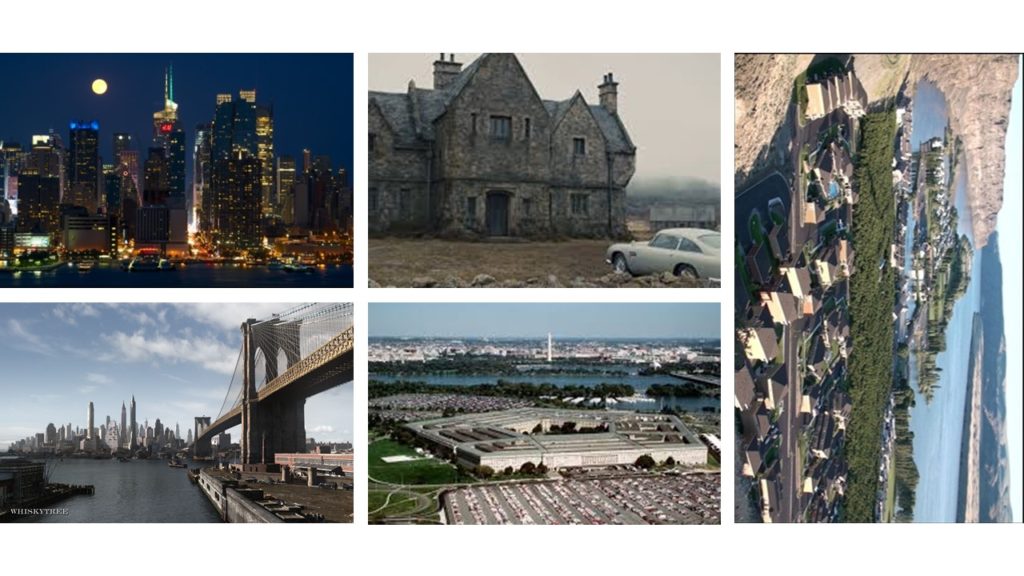
SIAN DAVEY:
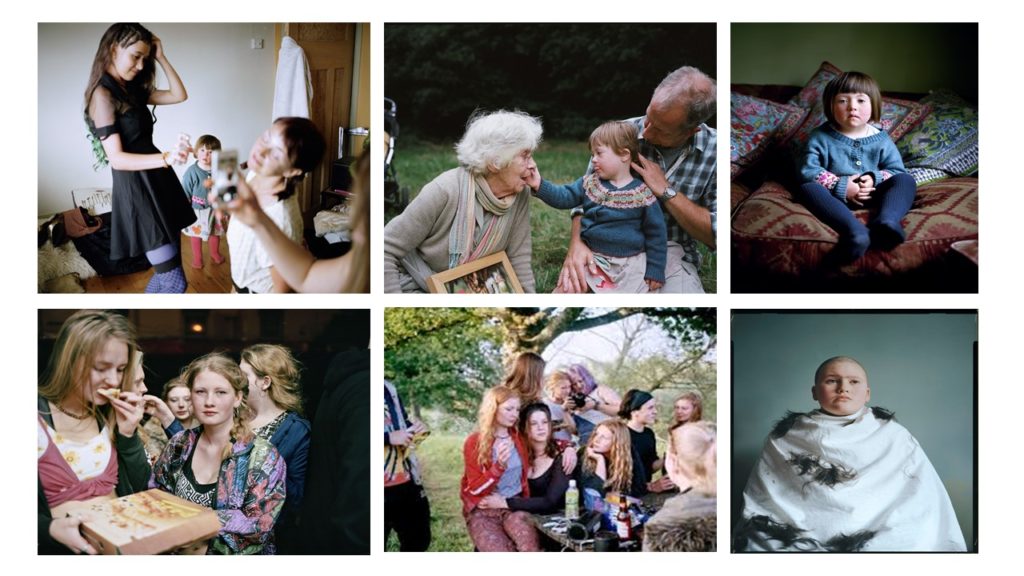
ABOUT: Sian Davey was born in Brighton in 1964, and is now a popular British photographer, she studied paintings at Bath Academy of Fine art in 1985 ad the went on to social policy at the University of Brighton in 1990 and most recently MA 2014 and MFA 2016 at Plymouth University) . As well as this Davey was also a psychotherapist for 15 years before properly dedicating her time and passion of photography in 2014. Furthermore, Davey’s main focus in photography is her family, community and on herself and try to relate her background of psychology and relates it to her photography. One of her most famous series is based on her daughter called Alice who lives with Down Syndrome and looks more closely in to her life (called: Looking for Alice). This particular series was shortlisted for Photobook of the year in the Paris Photo-Aperture Foundation PhotoBook Awards. On the creations of her work she always try’s to incorporate her family, so for this particular creation of Looking for Alice her other daughter Martha helped with the production, which significant highlights and supports her view of the importance of family. With the assistance of her daughter Martha it led to her next series based on Martha and her teenage friends which Davey simply called Martha. Finally her most resent series was called We Are Family and was produced in 2017, and was exhibited at the National Portrait Gallery in London. This particular series led Davey to travel across Britain and was lucky enough to photograph a total of 31 families in an impressive 21 days.
PHOTO:
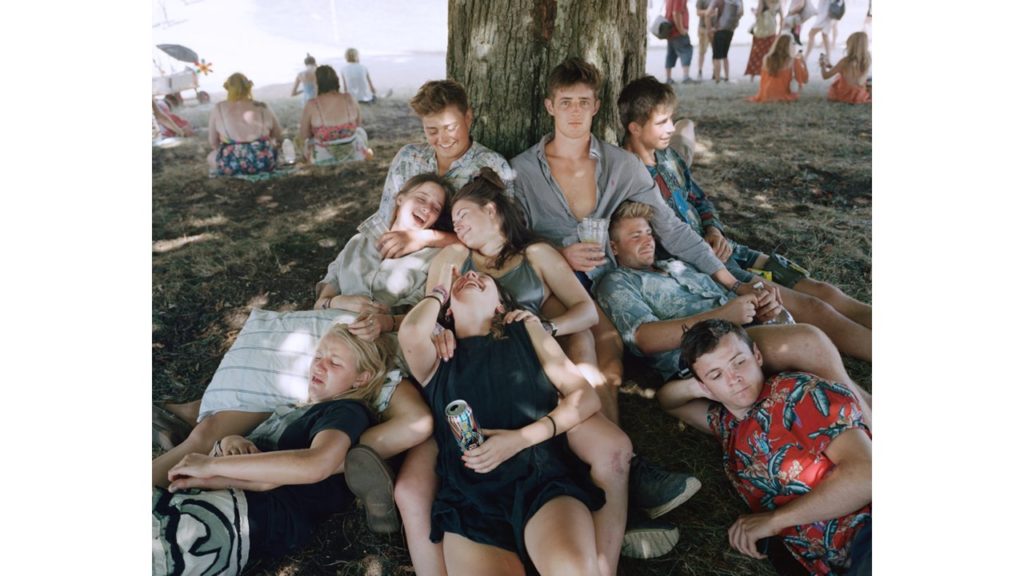
TECHNICAL: from this image its clear to see that natural lighting is an essential role in capturing this image, this is seen through the shadows of sunlight seeping in through the trees and leaves on to the group of friends perched underneath. The exposure is fairly low which enables the shadow to have more contrast against the sunlight seeping through, furthermore there is low light sensitivity as there lacks grainy textures, there are no significant textures that stand out as the image is projected in a real life situation and therefore shows a sense of reality; the colours are warm and suggest a warm summers day as well as features of the image which help provide evidence of this. to continue the colour provide a light tone which aids proof of the summers day with a pattern of the layout of the friend group positioning linking to the natural layout of the frame giving a 3D projection.
CONCEPTUAL: The conceptual feeling from the image is a group of friends hanging out on a summers day and having fun together and just trying to relax. Furthermore the different facial expressions from the image suggest it was taken fairly off guard as a lot of the people are not all looking at the image nor posing, for example;the top left people are laughing which suggests a joke being told and having fun furthermore the blonde girl in the bottom left having a disgusted face. overall suggests connotations of just a regular friend group having fun however deeper meaning maybe reflected through the various facial expressions could project the emotions that different people go through in their everyday life; disgust, laughter, sadness, happiness etc.
CONTEXTUAL: This image is from Davey collection called ‘Martha’ she got inspiration from her second daughter who said ‘why don’t you photograph me anymore’ which inspired her to look more closely at daughter Martha and her friends. ‘The work began when Martha was 16 and at the time when a child is on that cusp of being and becoming a woman. Its a particular period of time, when for a brief period you are both a young woman and a child in the same body, before the child leaves and the young woman stands on her own to meet the world’ ( Davey, 2018, Martha http://www.siandavey.com/portraiture/rqtu5vwfmmk1p0iagah6moz73evpob ) This suggested that the image has a deeper meaning and looked more closely at growing up as a woman and everything they go through.
DETAIL SHOT:
A detail shot is established by the use of a macro lens and involved capturing an image to help project a new an different conceptual meaning. The image and picture has connotations and references with identity and informs us about the subject being focused on within the picture. From the norm its suggested that the most popular element produced within the genre are texture, shape and space which all works together to create a forum.
MOOD BOARD:
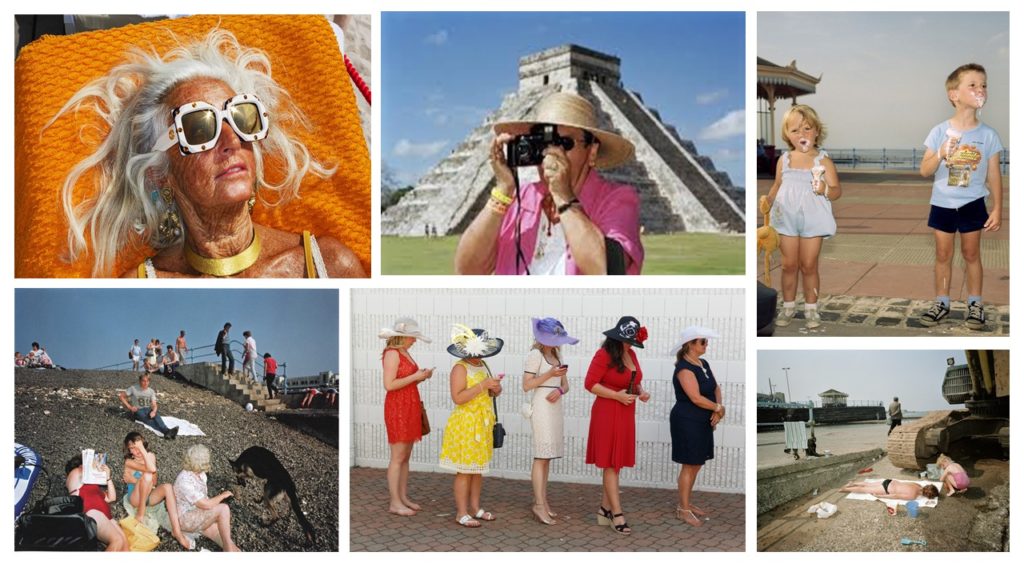
MARTIN PARR:
ABOUT:
Martin Parr was born in 1952 on 23rd May 1952 and is a British documentary photographer, photojournalist and photo book collector. He is known for his photographic projects that take an intimate, satirical and anthropoloical looking at aspects of modern life, in particular documenting our social class in England, and more broadly the wealth of the Western world. Major projects include; 1975–1982), The Last Resort (1983–1985), The Cost of Living (1987–1989), Small World (1987–1994) and Common Sense (1995–1999).
PHOTO:
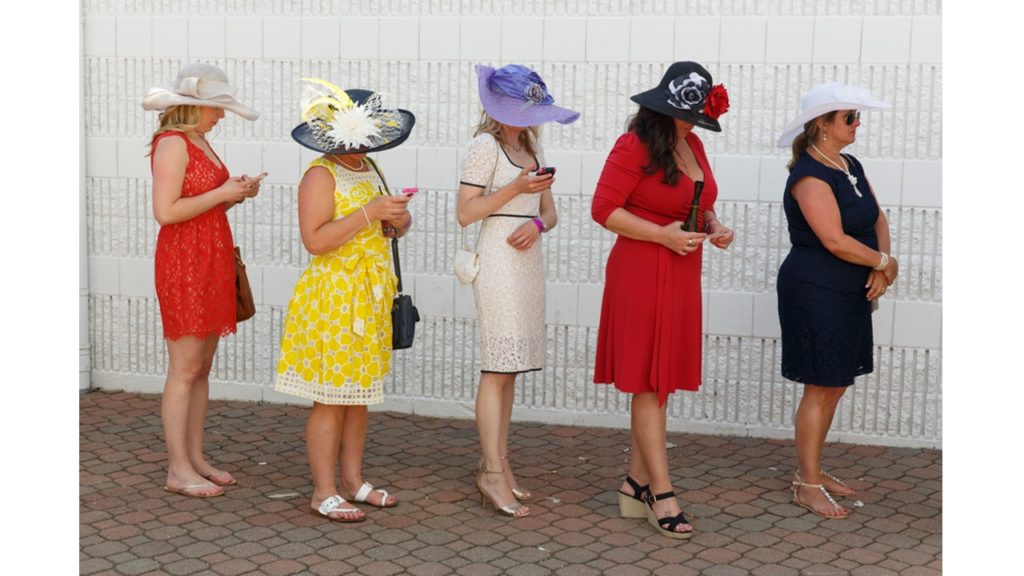
TECHNICAL: from this image there is clear use of nature daylight and possibly the use of flash seen through the brightness of the colours portrayed in the image. The lens size is regular with minimal exposure level which helped highlight the different colours on the dresses, overall the image has good focus and low light sensitivity due to the lack of graininess in the picture, overall the image is a warm temperature due to the colours presented; red, yellow, black further aiding the idea of the image having a lighter tone with natural textures creating a more realistic view of the image to others, with a consistent pattern of woman being laid out in a line all facing the same way which add some symmetry although the layout and positioning of the woman would suggest otherwise due to the fact that one of the woman is cut off and the other aren’t which shows the image isn’t central.
CONCEPTUAL: The image shows five woman inline all dress to a high standard, suggesting an upper class range furthermore there a few of them staring down at their phone which could have connotations of the idea of social media taking over our lives and that we would rather look down at our phone than up at the world or talk to others around us.
CONTEXTUAL: ‘ At first glance, his photographs seem exaggerated or even grotesque. The motifs he chooses are strange, the colours are garish and the perspectives are unusual. Parr’s term for the overwhelming power of published images is “propaganda”. He counters this propaganda with his own chosen weapons: criticism, seduction and humour. As a result, his photographs are original and entertaining, accessible and understandable. But at the same time they show us in a penetrating way how we live, how we present ourselves to others, and what we value.’ (Martin Parr, intro, https://www.martinparr.com/introduction/ )
My own plan:
From this i will take everything I’ve researched and learnt to capture and respond to the ideology of established shot and details shot; for my work i will use inspiration from Martin Parr and Sian Davey and reflect their work on to my family as i will be using them as my subject
